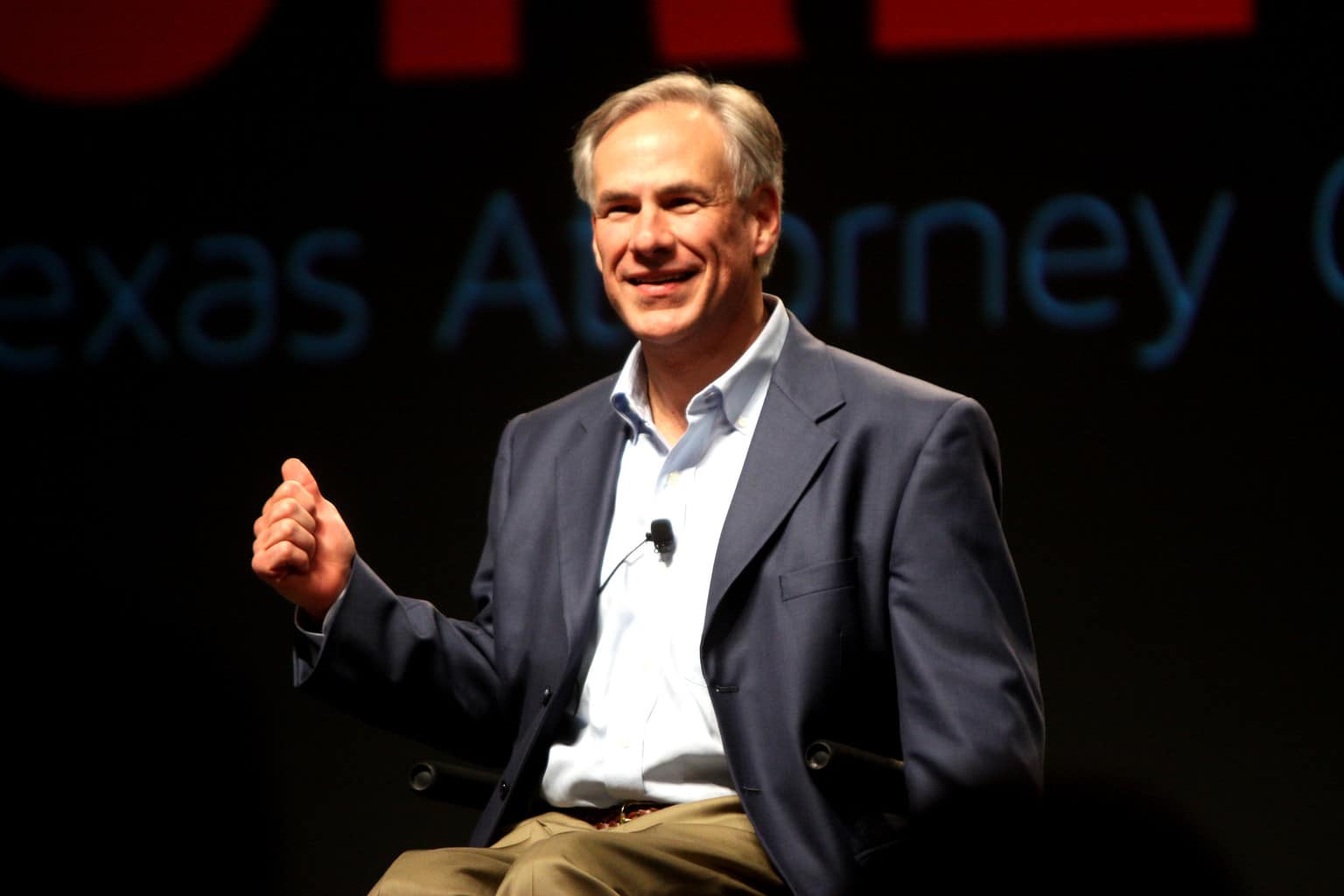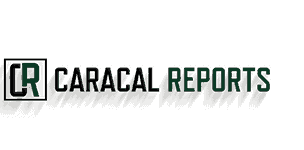Article, Business, FEATURED STORIES, Finance, news, Politics, TRENDING, U.S.
With the US Economy in Shambles, 18 States Begin Process of Reopening

Texas Governor Gregg Abbott, photo by Gage Skidmore
On Friday, over a third of the nation began the process of reopening shuttered economies. The May 1 reopenings may be coming too early, experts say, putting both lives and the economy at further risk.
States Lift Stay at Home Orders
The eighteen states that started the process of reopening last week are: Alaska, Idaho, Montana, Wyoming, Utah, Colorado, North Dakota, South Dakota, Minnesota, Iowa, Oklahoma, Texas, Tennesee, Mississippi, Alabama, Georgia, South Carolina, and Maine.
Another six states, Nebraska, Kansas, Missouri, Indiana, West Virginia, and Florida are set to start opening soon.
In some states, like Montana, Idaho, and Alaska, the stay at home orders have been lifted after a marked decline in reported cases. In other states, like Minnesota and Iowa, the relaxed restrictions are coming just as reported coronavirus cases are reaching their peak. For Texas, Tennessee, South Carolina, and Oklahoma, the end of the lockdowns are occurring after a long period of “flattening the curve,” but prior to any marked decline in cases.
Many states have opened retail and beauty establishments, restaurants, and even entertainment like movie theaters and museums. The openings vary by location, and are usually subject to regulations meant to enforce social distancing and protect both workers and consumers.
In Texas, for example, Governor Greg Abbott released a plan to reopen many businesses, including movie theaters and malls, if they follow regulations based on the number of confirmed cases in the region. Large establishments are expected to keep capacity limited to 25 percent, however in rural counties with fewer than six confirmed COVID-19 cases, businesses may operate at 50 percent capacity.
Texas, however, is still ranked 46th in the nation for per capita testing, and reported cases are still on the rise in some communities. According to Texas Monthly, Colling County and Tarrant County have both seen major upticks in just the past few days.
In Georgia, the mayor of Atlanta published an op-ed in The Atlantic rebuking Georgia Governor Brian Kemp for opening the state’s “dine-in restaurants, gyms, hair and nail salons, barbershops, tattoo parlors and bowling alleys” too soon.
Health Experts Speak Out About Risk of Opening the Economy
Health experts are speaking out to warn states about the health risk of opening the economy too early. Experts accurately predicted that a successful flattening of the curve, which inherently lengthens the time of the spread of the virus, would lead many to say the measures put in place were overkill. This paradox of health policy has come true.
“Few seem prepared to wait long enough,” wrote Dr. Aaron Carroll in a New York Times op-ed. Dr. Carroll is the associate dean for research mentoring at the Indiana University School of Medicine and vice president for faculty development of The Regenstrief Institute.
“Leaders are overestimating how far they’ve come, and they’re underestimating what it will take to manage Covid-19 in a more close-to-normal world. Failure to properly prepare will either result in a surge of infections and all the negative health and health care system ramifications that come with it, or a second round of sheltering in place much sooner than anyone expects. Neither is a good outcome.”
In mid-April, MIT researchers released a paper using neural networks models indicating that relaxing social distancing measures too early would have detrimental effects.
“Relaxing or reversing quarantine measures right now will lead to an exponential explosion in the infected case count, thus nullifying the role played by all measures implemented in the US since mid March 2020,” the paper states.
Dr. Ashish Jha, faculty Director of the Harvard Global Health Institute and Dr. Thomas Tsai, a surgeon and assistant professor and health policy researcher at the Harvard T.H.Chan School of Public Health, estimated that the country needs, at a bare minimum, 500,000 tests per day to open the economy safely. The United States is currently averaging less than half of that. A massive contact-tracing workforce is also needed.
Economic Cost of Opening Too Early
Some have argued that the dichotomy between health and the economy is a false one. If employees don’t feel safe returning to work, they are faced with the impossible choice of risking their life or their livelihood. Some states, like Ohio, are classifying workers who refuse to return to unsafe working conditions are “voluntary quit”, making them ineligible for unemployment benefits. Large swaths of unemployed workers without even access to benefits will hurt the economy in the long run. Consumers may not feel safe returning to shops or venues, either, making the potential profit margin for companies already operating at limited capacity questionable.
The bigger risk, though, is that a decrease in social distancing measures will lead to a massive second wave, as predicted by the health experts. These waves have the potential to be even bigger than the first, and may necessitate further lockdowns. According to Harry Holzer, “on again and off again shutdowns will likely be more disruptive than a single longer one, as everyone will have to manage the transitions back and forth, rather than just once.”
The back and forth will also lead to a total increase in the amount of time the economy is hurting. Rather than simply riding out a single curve, some experts suggest that this may lead to a series of peaks that cause an overall worse impact than if states adhered to health policy recommendations in the first place.

